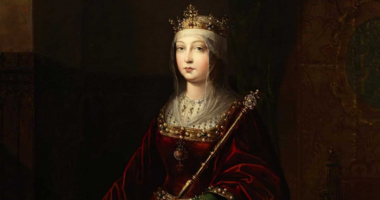Top 9 Interesting Facts about Napoleon Bonaparte
Revered as a brilliant military tactician and a hugely influential statesman, Napoleon Bonaparte’s status as one of history’s great leaders is beyond doubt ... read more...even if it sometimes seems as though he is more famous for his diminutive stature. Perhaps surprisingly given the zeal with which he went on to lead the French Empire, Napoleon more readily identified as a Corsican and, in his early career, fought fervently for Corsican independence. It was only after a falling out with Corsican resistance leader Pasquale Paoli that Napoleon made France his home and began to establish himself as the new republic’s rising star by masterminding a succession of vital military victories, including the resistance-breaking Siege of Toulon and, in 1785, the defeat of 20,000 royalists in Paris. Here are 9 facts you may not have known about the French emperor.
-
Behind the ruthless, battle-hardened facade, Napoleon was a bit of a softie, as both his embarrassingly soppy love letters and a recently unearthed romantic novella prove. Penned in 1795, when Napoleon was 26, Clisson et Eugénie is a brief (just 17 pages) exercise in sentimental self-mythologising that, according to most reviews, fails to establish him as a lost literary genius.
While Napoleon is remembered for his military career and politics, many might not be aware of his artistic side. In 1795, Napoleon wrote a romance novella called Clisson et Eugénie. The novella is about Clisson, a young soldier, and his relationship with a woman named Bernardine Eugénie Désirée Clary. Eugénie’s sister is married to Clisson’s brother Joseph.
The novella wasn’t published until after Napoleon’s death. Initially, Napoleon’s manuscript was split into segments and sold at auction houses (as souvenirs). Some segments of the novella were published at various times, and a completely reconstructed version of the novella was completed in 2009. Napoleon wrote Clisson et Eugénie when he was twenty-six years old. The parallels between the events and the characters in the novella provide intriguing insight into Napoleon’s own perspectives on love, relationships, women, and life as a military soldier.
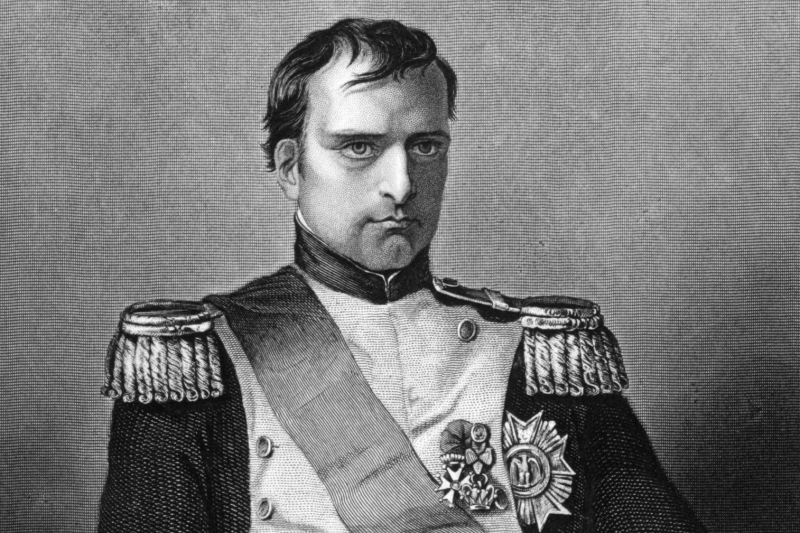
Source: ThoughtCo 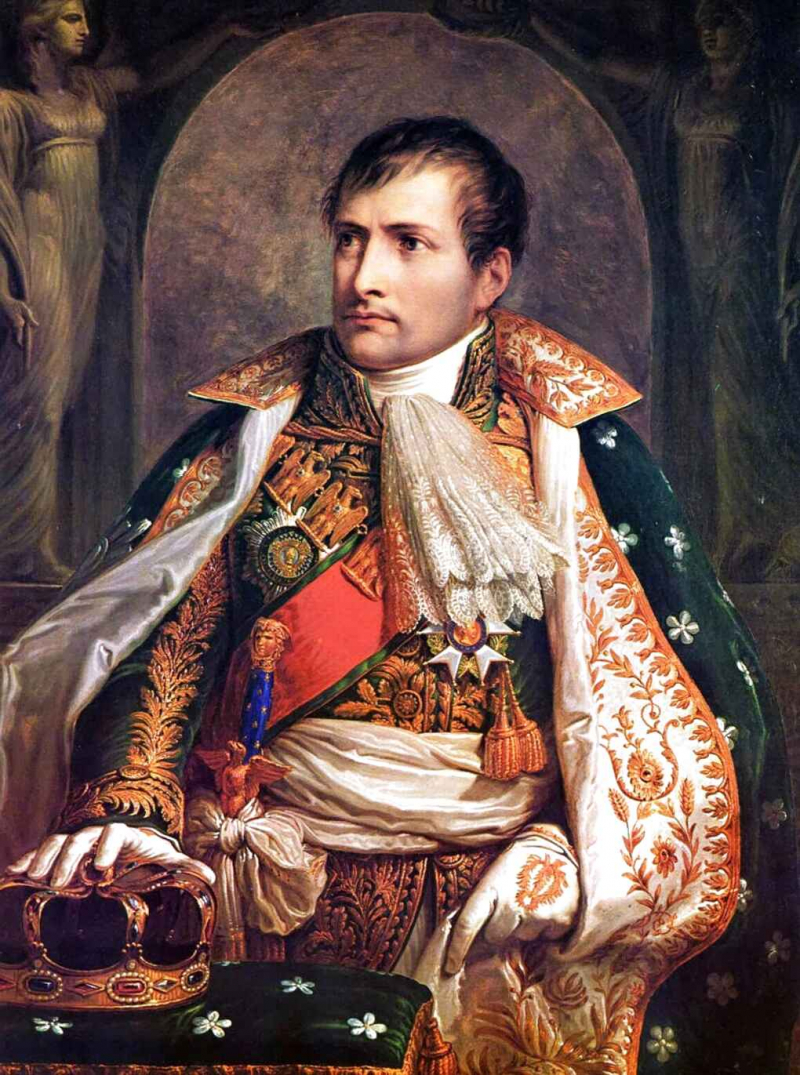
Source: venta.com.mx -
On June 23, 1763, Marie Josèphe Rose Tascher de La Pagerie was born in Les Trois-Îlets, Martinique to Joseph Gaspard Tascher and Rose-Claire des vergers de Sannois. Her family was very wealthy and owned a sugarcane plantation. However, they began to struggle financially when their plantation was destroyed by hurricanes in 1766. When Joséphine’s aunt arranged a marriage between her sister and François, Vicomte de Beauharnais’s son, the family would regain their wealth, but Catherine-Désirée, her sister, died before leaving Martinique. So instead, Joséphine took her sister’s place.
In October of 1779, Joséphine and her father left for France. On December 15, 1779, she married Alexandre de Beauharnais in Noisy-le-Grand. In 1881, their first son, Eugéne de Beauharnais, was born and in 1783, their daughter Hortense de Beauharnais. Hortense later went on to marry Napoleon’s brother in 1802. However, the marriage between Joséphine and Alexandre was very unhappy. This led to a separation ordered by the court and the children lived with their father in the Pentemont Abbey.
Josephine, Napoleon’s first wife, was previously married to Alexandre de Beauharnais (with whom she had three children), an aristocrat who was guillotined during the Reign of Terror. Josephine was also imprisoned and scheduled for execution before being released five days later when the Reign of Terror’s architect, Robespierre, was himself guillotined.
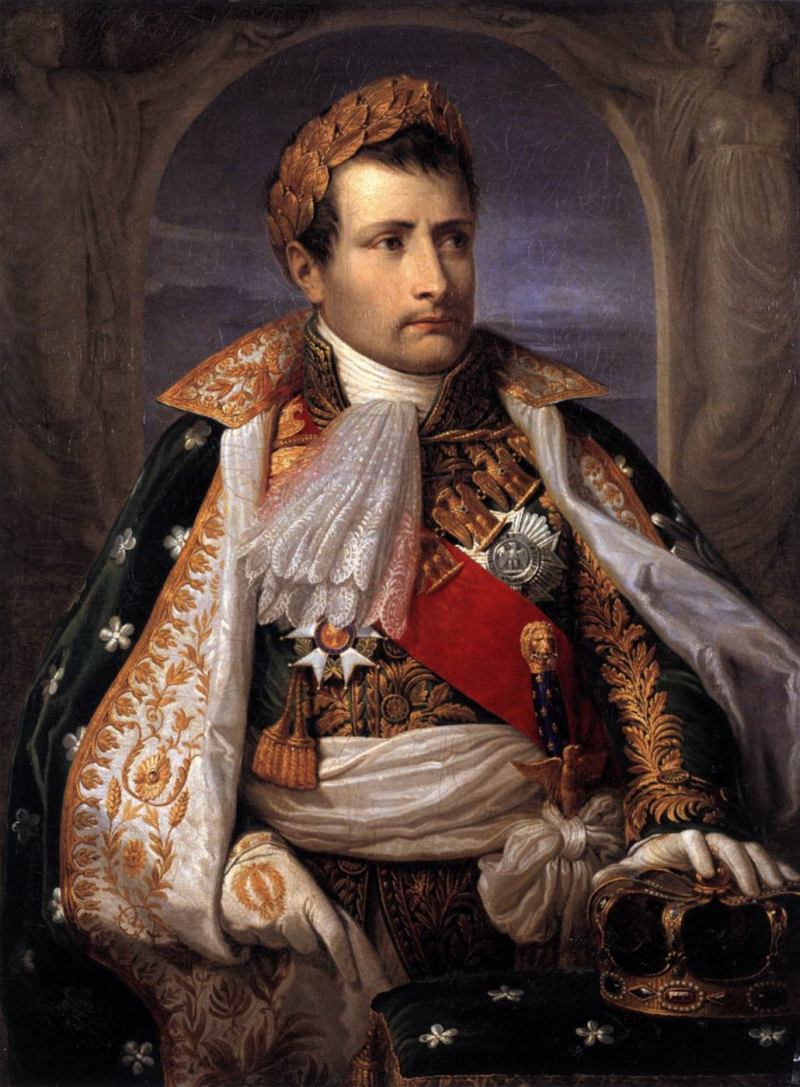
Source: Wikimedia 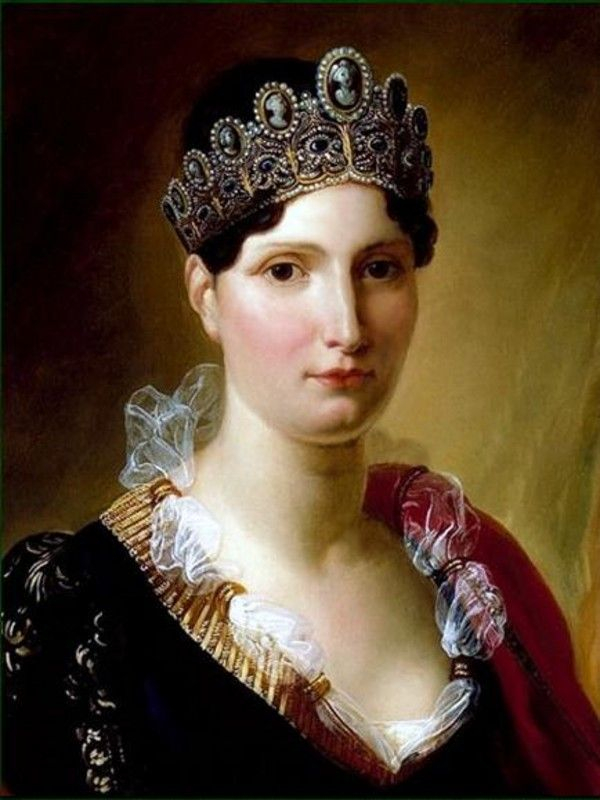
Source: Pinterest -
In early 2022, an online advertisement said it would reveal the reason why Napoleon Bonaparte chose to hide his hand in his coat, a pose reader has likely seen in many paintings of him. It read: “Napoleon Concealed His Right Hand Behind His Clothes… This Is Why.” The ad led to a slideshow article that lasted 80 pages. It had two different headlines. One read: “The Strange Reason Napoleon Always Kept His Hand Hidden in Portraits.” The other was similar: “The Surprising Reason Napoleon Kept His Hand Hidden in Portraits.”
We can first dispel the old rumor that his hand was deformed in battle, as History Extra published that there was no evidence to support the theory. So, what was it, then? In our research, we found several reported explanations as to why the famous historical figure chose this particular stance.
In 1963, The Huntsville Times in Alabama reported that the reason Napoleon chose to hide one of his hands in his coat was that he “was simply following the fashion of the times”: Napoleon, whose left hand became famous for its constant position in his waistcoat, also recognized the value of a well gloved appearance. He is said to have loved and owned 240 pairs of off-white and beige gloves. What did he do with his left glove? Historians tell us he didn’t wear one! Napoleon didn’t hide his hand in his waistcoat because he was off his rocker. He was simply following the fashion of the times. It is said that all well-dressed men of the day kept the left hand hidden and wore only one glove on the right hand.
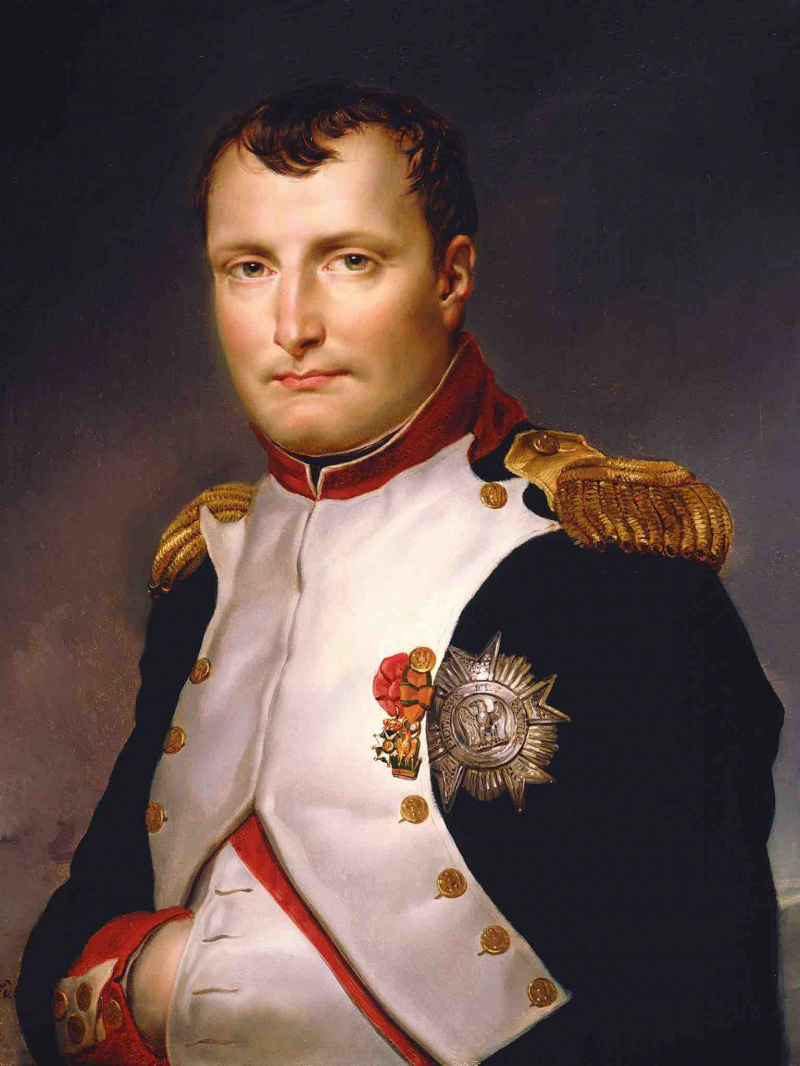
Source: faithpro.org 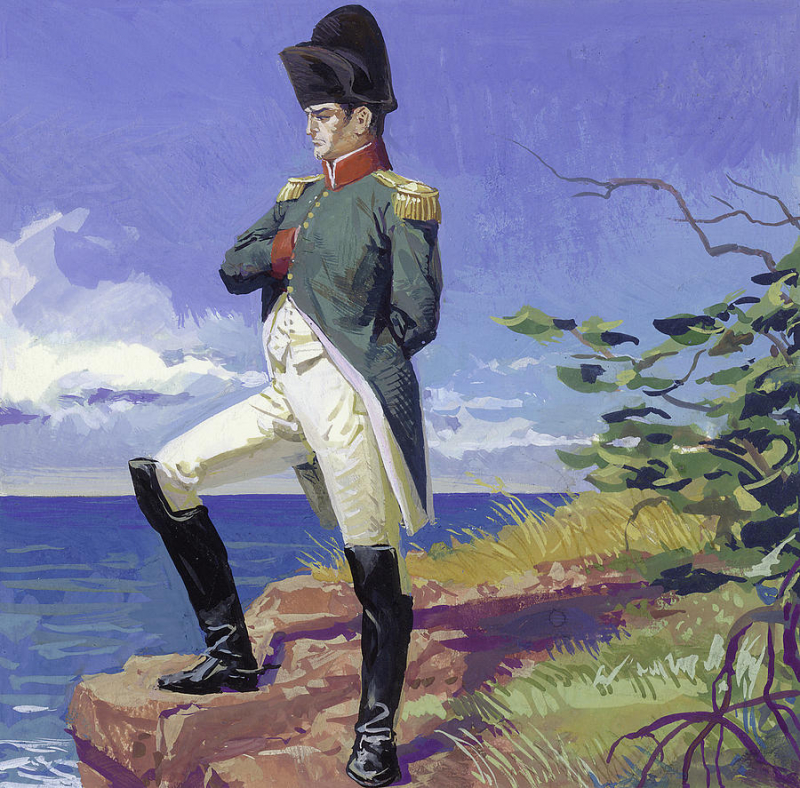
Source: Historic UK -
Napoleon Bonaparte was a clever general, and his reputation is that of a genius on the battlefield. Like most “geniuses,” however, there was more to his success than met the eye he was a cheat. The keen instinct he developed for finding an enemy’s weak points and exploiting every advantage was of little use during his exile on Elba, where he turned that instinct toward chronic cheating at card games he played with his companions.
According to a lady who knew him at the time: “When Napoleon was losing at cards he cheated without scruple, and all submitted with such grace as they could muster, except [his mother], who in her decided tone would say: ‘Napoleon, you are cheating.'” When things got really heated, Napoleon would sweep the money off the table and into his pockets. Usually, he gave it to his valet the next day to be returned to everyone, and another game would be scheduled for that night.
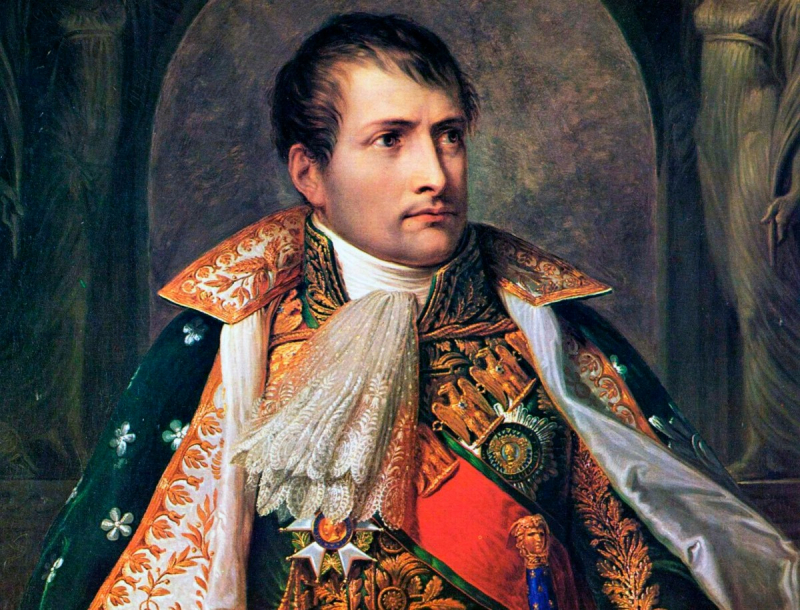
Source: dailyhistoryblog.com 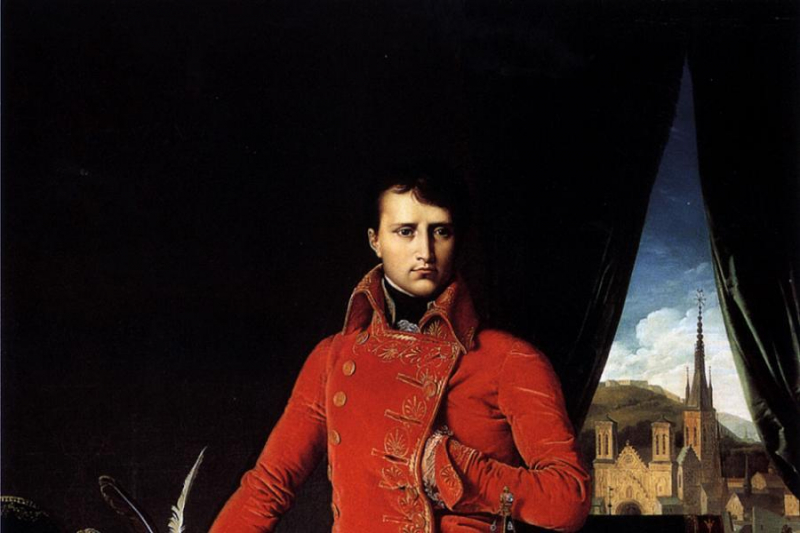
Source: All That's Interesting -
Oddly, a whole host of historic tyrants Alexander the Great, Julius Caesar, Genghis Khan, Mussolini, Hitler and our man Napoleon are reputed to have suffered from Ailurophobia, the fear of cats. It turns out, however, that there is little in the way of evidence to support the common claim that Napoleon was terrified of cats, although the fact that it’s become such a well-worn rumor is interesting. It is even claimed that his alleged fear stemmed from a wildcat attack when he was an infant.
His nephew, Napoleon iii was. Bonaparte was not. Bonaparte liked dogs for their slavish loyalty. Napoleon Bonaparte "disliked" cats for their liquidity and laziness. As a workaholic he had no use for such. His first wife, Josephine kept cats, and loved them. Napoleon thought they lay around all day basking in the sun. As an aside, Napoleon also despised liberal, independent thinkers, which were called humanist during his time. N.B. also compared the courtesans who had exiled him to cats “because they never leave the house” Non repudiable historical sources ascribe any phobia to Napoleon Bonaparte. His hero's, Julius Caesar and Alexander the Great were also said to have ailurophobia. This may be due to a popular opinion that power hungry men were afraid of cats. Also, cats have often been viewed as feminine, in contrast to dogs. This may be due to a popular opinion that power hungry men were afraid of cats. Also, cats have often been viewed as feminine, in contrast to dogs.
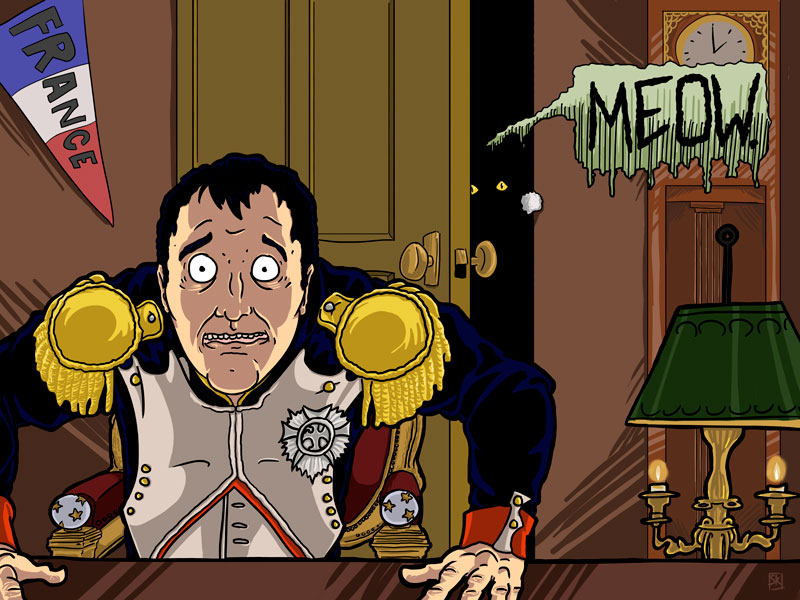
Source: DeviantArt 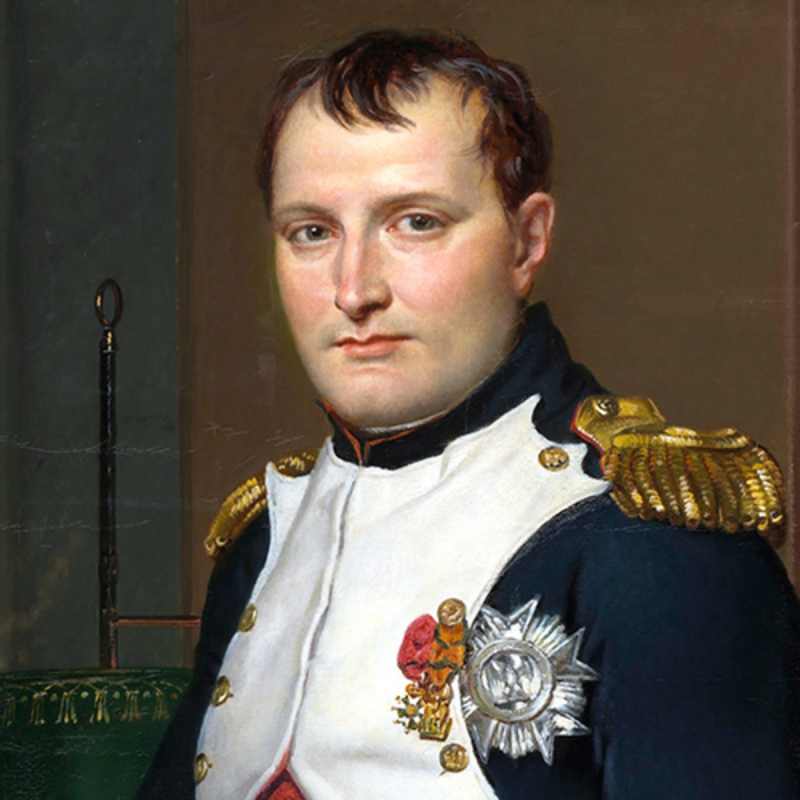
Source: BIO -
The Rosetta Stone and a reconstruction of how it would have originally looked. Illustration by Claire Thorne. The Stone is a broken part of a bigger stone slab. Now held in the British Museum in London, the Rosetta Stone is a granite slab carved in three scripts: hieroglyphic Egyptian, demotic Egyptian and ancient Greek. It played a vital part in deciphering Egyptian hieroglyphs and has long been considered a hugely important artifact. Less well known is the fact that it was discovered by Napoleon’s soldiers during the Egyptian campaign in 1799.
With the intention of dominating the East Mediterranean and threatening the British hold on India. Although accounts of the Stone’s discovery in July 1799 are now rather vague, the story most generally accepted is that it was found by accident by soldiers in Napoleon’s army. They discovered the Rosetta Stone on 15 July 1799 while digging the foundations of an addition to a fort near the town of Rashid (Rosetta) in the Nile Delta. It had apparently been built into a very old wall. The officer in charge, Pierre-François Bouchard (1771–1822), realized the importance of the discovery. The city of Rosetta around the time the Rosetta Stone was found. Hand-coloured aquatint etching by Thomas Milton (after Luigi Mayer), 1801–1803.
On Napoleon’s defeat, the stone became the property of the British under the terms of the Treaty of Alexandria (1801) along with other antiquities that the French had found. The stone was shipped to England and arrived in Portsmouth in February 1802.
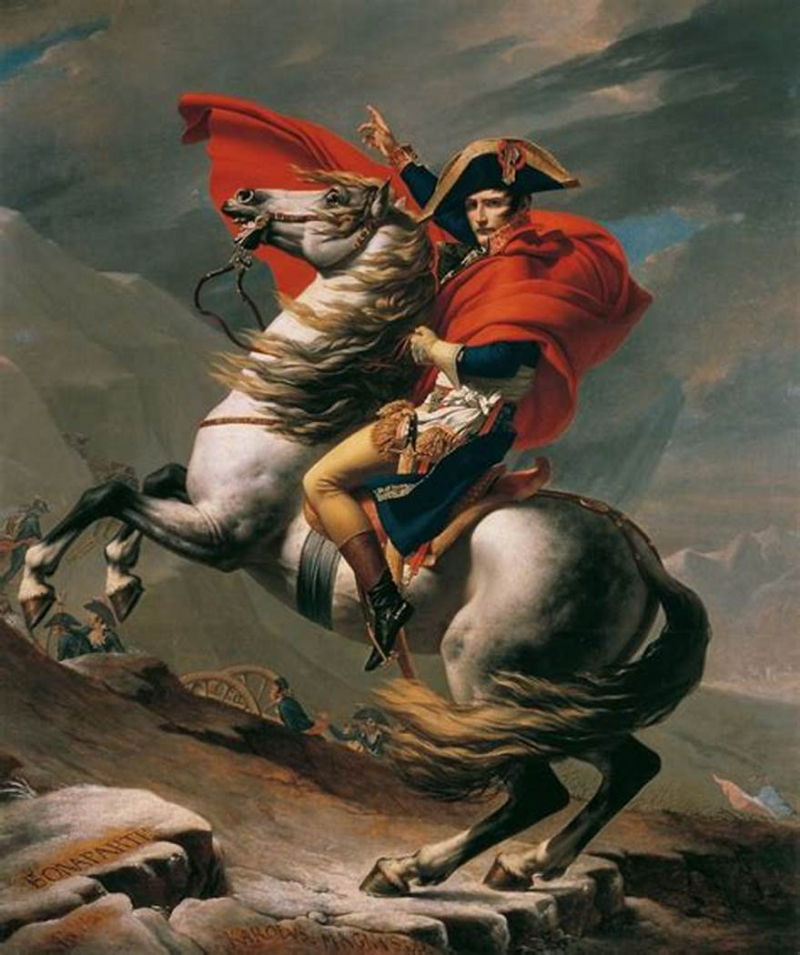
Source: wallpaperaccess.com 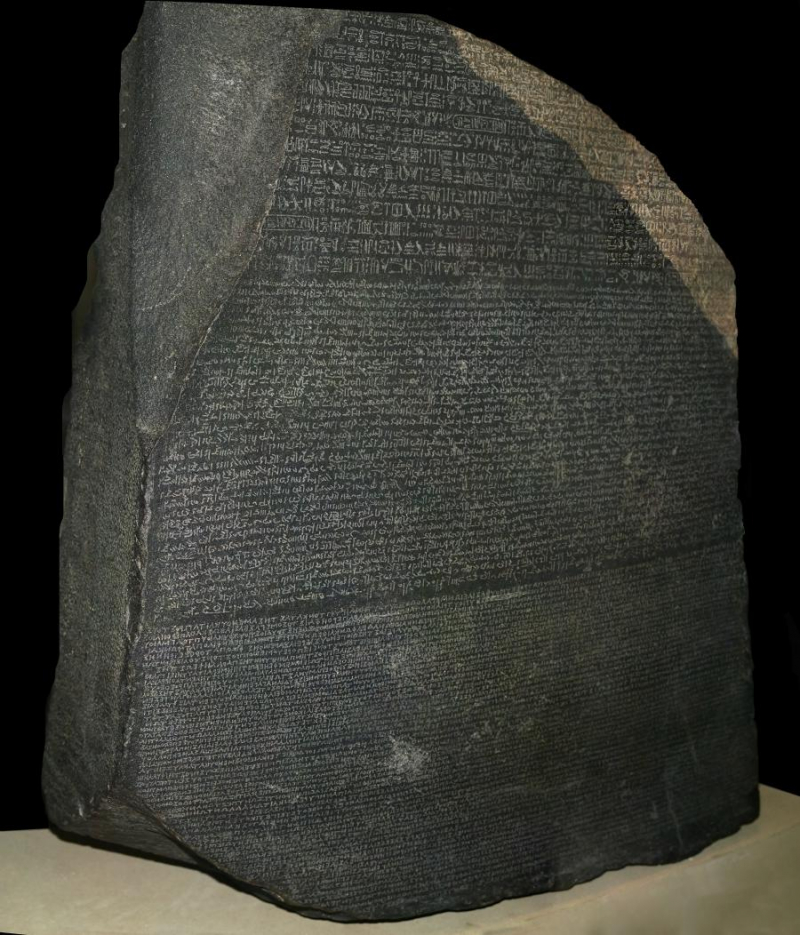
Source: photonshouse.com -
Back in the early 19th Century, an Irish adventurer and smuggler named Tom Johnson hatched a plot to rescue the exiled Napoleon from his island prison on St. Helena. St. Helena was also guarded by the Royal Navy, along with a large garrison consisting of 2,800 men armed with 500 cannons. It was the perfect prison for the deposed Emperor one intended to keep him there permanently. But to do so he would need to approach the heavily guarded island with extreme caution.
That’s when he decided to design his very own submarine decades before the invention of the first practical underwater vessel. Called the Etna, the craft would have been 40 feet long and crewed by 34 men. It would also have been armed with torpedoes something Johnston had every intention of adding to his version of the underwater machine. Unfortunately for Europe’s sake Johnson’s plot was never realized.
The British were right to be worried that he’d escape. According to Dash, there’s enough historical evidence to suggest that this plan was very real. And in fact, Johnson likely devised the scheme after seeing a conceptual submarine design by Robert Fulton from 1806.
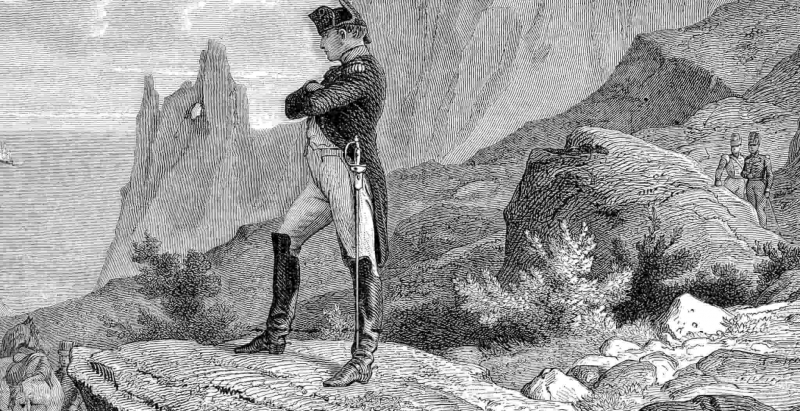
Source: Historic UK 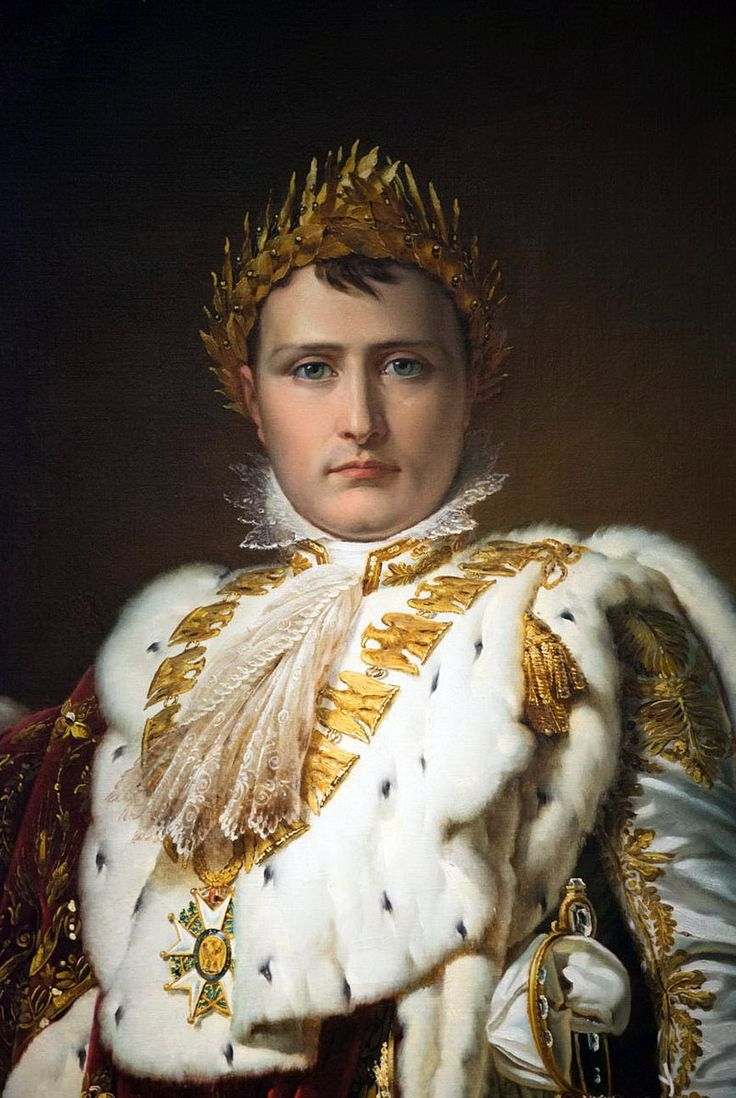
Source: Pinterest -
Because of numerous paintings, movies and cartoons. We often imagine Napoleon Bonaparte as an unusually short man, even when compared to his contemporaries. However, the myth that Napoleon was short stems primarily from the fact that he was measured 5 feet 2 inches a few years before his death. However, this was his height in French feet and french inches, which were a little bit larger than imperial units.
In modern units, Napoleon was actually 5 feet 7 inches tall. When compared to the average height in today’s France. It really isn’t much, however, in the 19th century, the average male height was less than 5 feet 5 inches. That means Napoleon Bonaparte was actually quite tall for his time.
Although Napoleon was sometimes considered short even during his lifetime. This stems solely from the fact that he was always accompanied by bodyguards, who had to be taller than the average. When compared to his guards, he logically looked smaller, thus earning him the nickname ”The Little Corporal”.
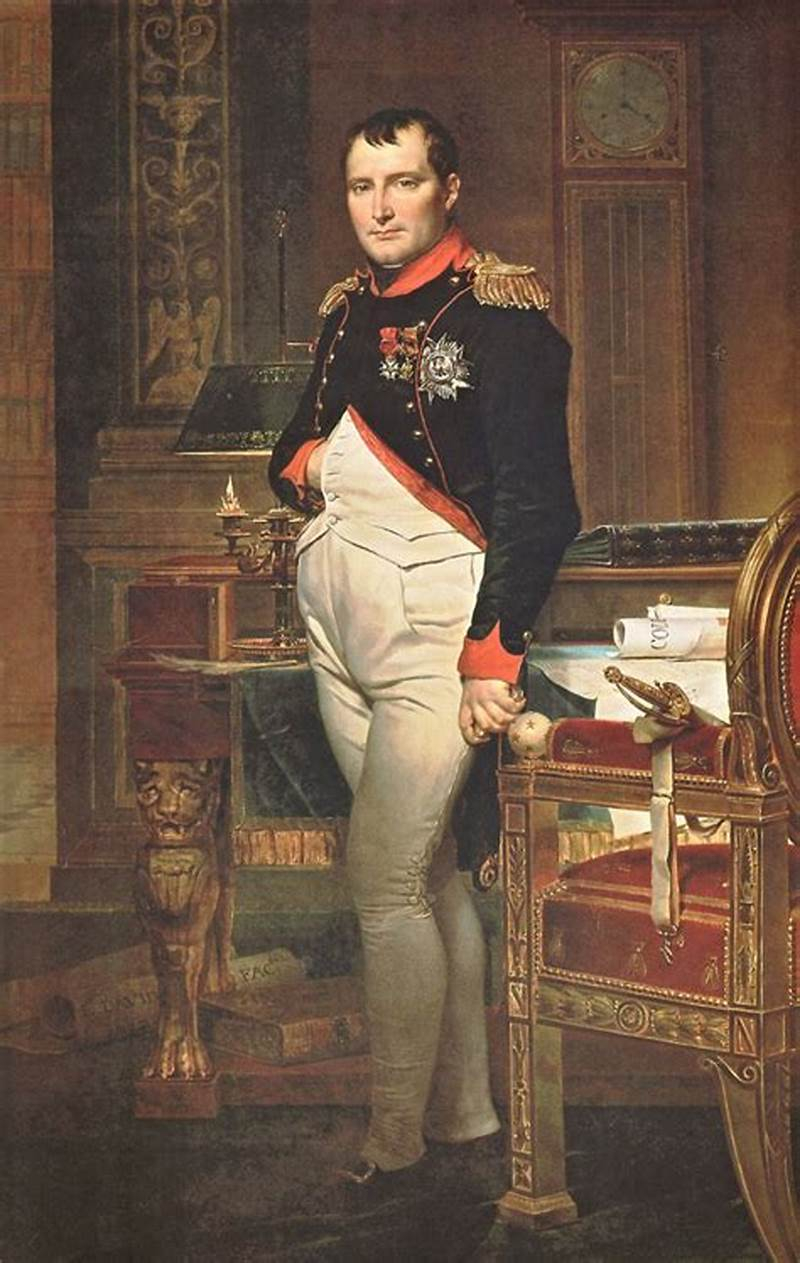
Source: drug-gorod.ru 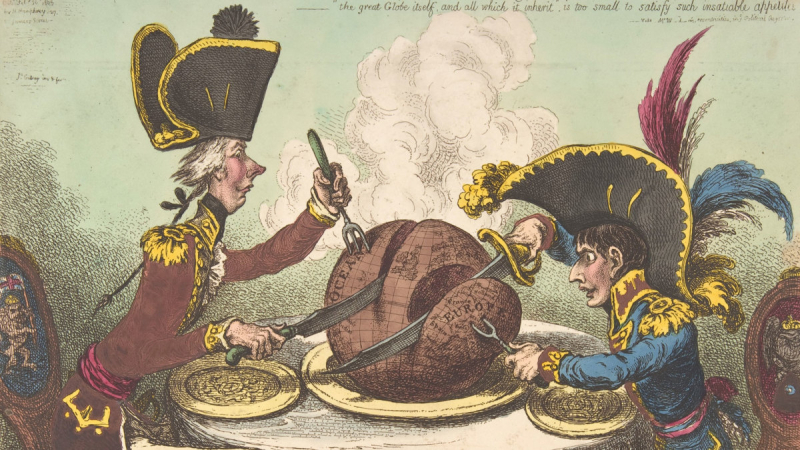
Source: History -
The truth of Napoleon’s death may never be known. NAA showed that Napoleon was not just exposed to high levels of arsenic in the period leading up to his death, as might be expected by those proposing the arsenic poisoning theory. In fact, samples from many years prior to his death contained alarmingly high concentrations of arsenic interspersed with low concentrations. Was it that Napoleon had taken medication such as Fowler’s Solution? Perhaps he was dosing himself with arsenic to build up a resistance to it to try and foil any attempt to poison him long-term exposure to arsenic develops tolerance.
Focusing upon his living conditions on Saint Helena, we note that his room was decorated with wallpapers that had a pattern printed with a pigment known as Scheele’s Green, a green insoluble compound copper arenite (CuHAsO3). While on dry wallpaper Scheele’s Green is not a problem. However, if the wallpaper becomes damp and Saint Helena is a particularly damp place the compound reacts and produces cacodyl (trimethyl arsenic, as (CH3)3) and a serious problem arises. For a start, cacodyl is volatile, so it evaporates from the wallpaper and fills the room, and unlike the solid pigment copper arenite cacodyl is much more toxic. Any occupant that spent any length of time in the affected room would inhale the cacodyl and absorb high doses of a treacherously poisonous compound.
It may well be that Napoleon did die of stomach cancer, but suggestions of arsenic poisoning are plausible. However, if arsenic poisoning was the culprit, it was highly likely to be unintentional and due to inhalation and absorption of cacodyl from the wallpaper. Of course, if Napoleon did die from stomach cancer the cancer could also have been caused by arsenic since arsenic and its compounds are carcinogenic. The above account usefully shows the application of modern analysis in the investigation of a situation that may turn out to be murder. However, what is also demonstrated here is that having a set of results does not lead us directly to a conclusion. As is often the case there may be many alternative explanations that fit the facts.
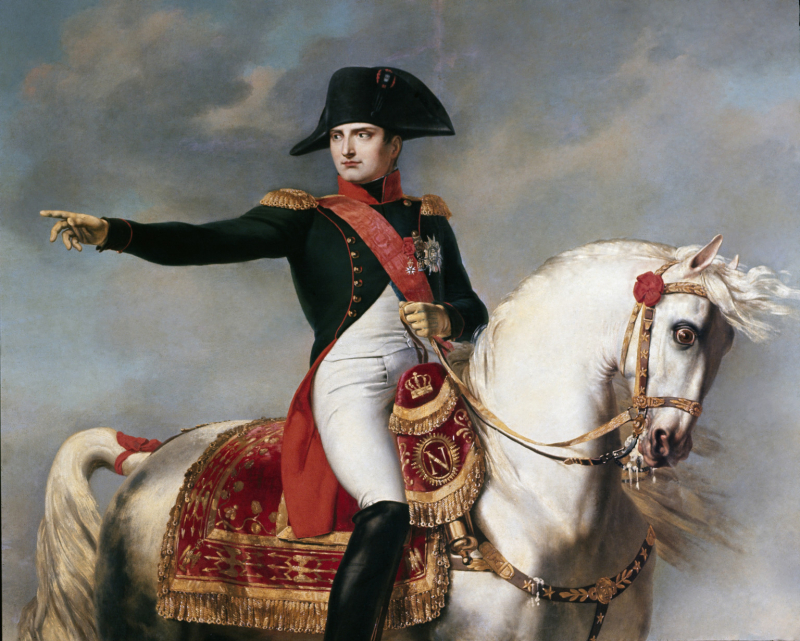
Source: blogspot.com 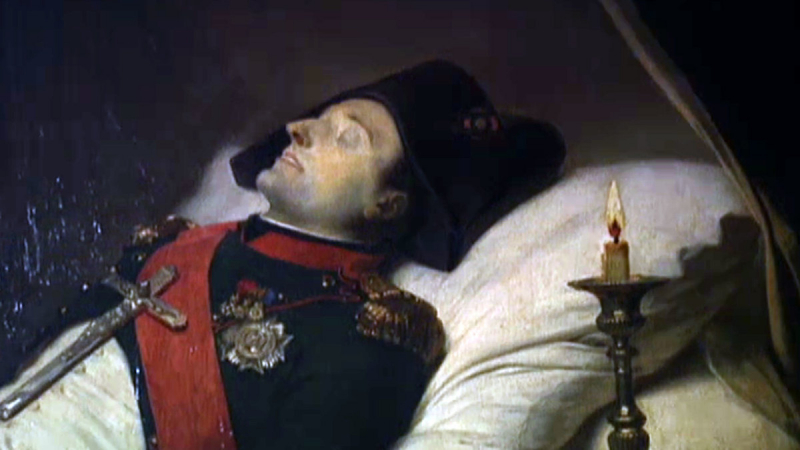
Source: History





























